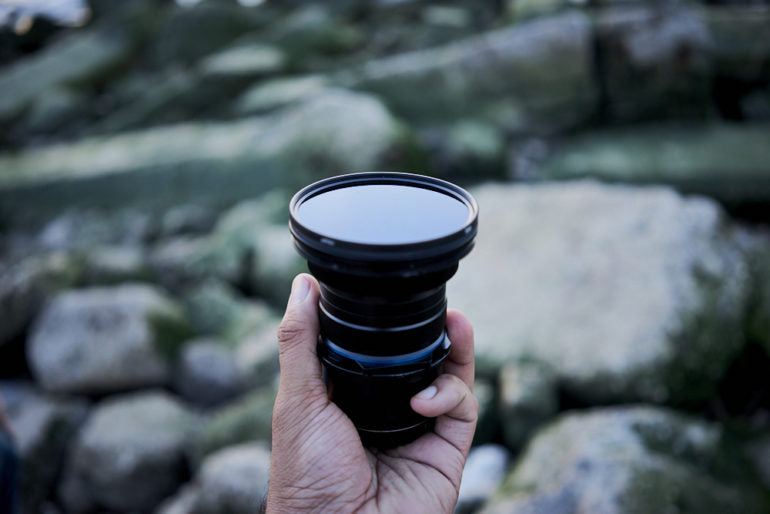Syrp Super Dark Variable ND Filter Review by The Phoblographer
Variable ND filters like the Syrp Super Dark Variable ND Filter have often been more popular amongst videographers than they have with photographers. But with proper knowledge of color theory or simply by relying on Auto White Balance if you’re trusting enough, a variable ND filter can be fantastic not just for the digital photographer, but also for the film photographer out there. The Syrp Super Dark Variable ND Filter is a variable ND filter that cuts out anywhere from 5 to 10 stops of light from your photo. The stops are clearly marked and the filter has hard stops at either end.
In the right situations, they rival Breakthrough and Hoya’s Quality.
Pros
- Nice case
- Extremely great build quality
- Coatings keep smudges, dust and more off
- Smooth turning
- Hard stops
Cons
- Quite the color shift
Gear Used
The Syrp Super Dark Variable ND Filter was tested with the Minolta a7, Sony 85mm f1.4 Zeiss, CineStill 50D, Sony a7 (similar), Laowa 15mm f4, Fujifilm GFX 50S, and the Fujifilm 110mm f4 Macro Lens.
Ergonomics
The Syrp Super Dark Variable ND Filter is, as its name implies, super dark. When you look at it, you see an obvious reflection of your soul: dark, black, and completely empty as a void.
Just kidding 😉

The only sort of control that the Syrp Super Dark Variable ND Filter has on it is the ability to turn one element onto the other. The stops of how much light you’re cutting out are recorded on the side of the lens.

The lens has hard stops at either end of the light cutting spectrum and can mount onto a lens using a step down filter if needed.
Build Quality

In my opinion, the Syrp Super Dark Variable ND Filter are very solidly built. It would have been really nice if there were a turning tab of some sort or corrugated ring added but otherwise, they’re pretty easy to work with and are well built. Fingerprints are easily removed using a microfiber cloth; and in some ways the coatings make it easier to do than standard lenses.
During my tests, a bit of the East River decided to splash itself onto the ND filter. It kept the water in one spot and later on I had the chance to simply wipe it off.
Ease of Use

Essentially the way this works is you put it onto a lens of some sort and dial in your light cutting abilities. For the best results your camera should be on a very stable surface and set to a delay shooting mode. There’s not really a whole lot to it. You screw the Syrp Super Dark Variable ND Filter on and then you dial in the light cutting. Sometimes that means you shoot at f1.4 while other times at f16 and 4 seconds at ISO 100.
While the filter is simple to use, again I’d like to add that a turning tab of some sort would have been a nice addition.

Conclusions
All in all, I really do like the Syrp Super Dark Variable ND Filter. It’s best used by digital photographers however unless you plan on going into the darkroom and really developing an entire roll accordingly for this filter and its effects on film. The Syrp Super Dark Variable ND Filter is also incredibly well built and for that it needs to be really commended. Would I recommend it?
For a purely digital photographer, absolutely. For a videographer, it’s a no brainer. For film photographers: meh. There are better options but adding a flash to the scene with a tungsten colored Gel could add just a bit more warmth that you may want for portrait shooting.
Check out the full article here!



